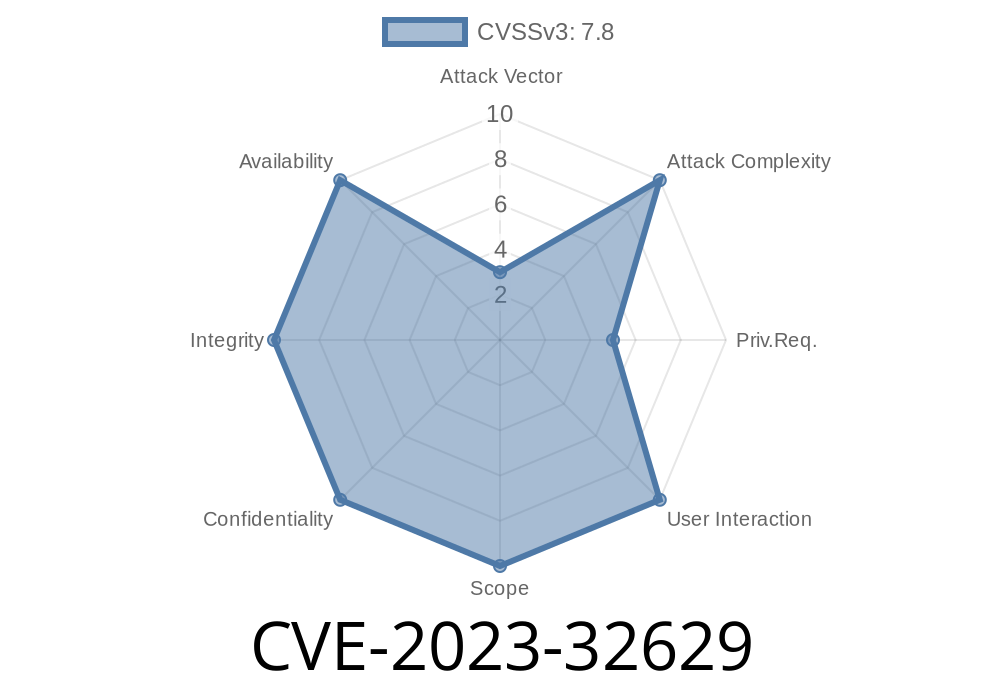The cybersecurity community has recently discovered a critical local privilege escalation vulnerability, tracked as CVE-2023-32629, within the overlay file system (overlayfs) of Ubuntu kernels. The vulnerability allows malicious actors to bypass permission checks when executing ovl_do_setxattr on Ubuntu kernels, potentially granting them complete control over an affected system. This in-depth analysis provides insights into this security issue, including a code snippet showcasing the vulnerability, links to original references, and exploit details.
Code Snippet
The vulnerability originates from the ovl_copy_up_meta_inode_data function in the overlayfs of Ubuntu kernels. The code snippet below traces the problem in the process.
static int ovl_copy_up_meta_inode_data(struct path *upper, struct path *lower,
struct inode *newinode, struct inode *oldinode)
{
...
/* Get the xattrs from the oldinode (lower layer) */
err = ovl_getxattr(lower, XATTR_NAME_LINK, redirected, sizeof(redirected)-1);
...
/* Set the xattrs for the newinode (upper layer) */
err = ovl_do_setxattr(upper, XATTR_NAME_LINK, redirected, err, );
...
}
In this segment of the code, ovl_getxattr is responsible for extracting the extended attributes (xattrs) from the lower layer inode, while ovl_do_setxattr sets the xattrs for the upper layer inode. However, the ovl_do_setxattr function does not perform necessary permission checks, thereby allowing unauthorized access.
The bug was initially reported in the following references
1. Mitre CVE Database Entry
2. Ubuntu Kernel overlayfs Optimization Bypass of Permission Checks
3. The overlayfs Subsystem in the Linux kernel
Exploit Details
The exploit entails a local attacker leveraging the absence of permission checks in the ovl_do_setxattr function to escalate their privileges in an Ubuntu system. Here's how an attacker could craft this exploit:
Deploy malicious payload within the overlayfs lower layer;
3. Use the ovl_do_setxattr function to set the necessary xattrs for the upper layer without permission checks;
Mitigation Strategies
It is crucial to implement timely updates to the Ubuntu kernel to mitigate the risks associated with the CVE-2023-32629 vulnerability. In addition, carefully monitoring file system activity for any suspicious or unauthorized access can help detect potential exploitation.
Conclusion
The CVE-2023-32629 vulnerability in Ubuntu kernels demands immediate attention as it facilitates local privilege escalation. By delving into the details of the vulnerability, including the specific code snippets, exploit mechanisms, and original references, system administrators and security personnel can better understand and respond effectively to the threat. Patching and monitoring vulnerable systems are key to mitigating the risks associated with this critical security issue. Stay informed of potential vulnerabilities to ensure the ongoing security of your environments.
Timeline
Published on: 07/26/2023 02:15:00 UTC
Last modified on: 08/02/2023 20:00:00 UTC
